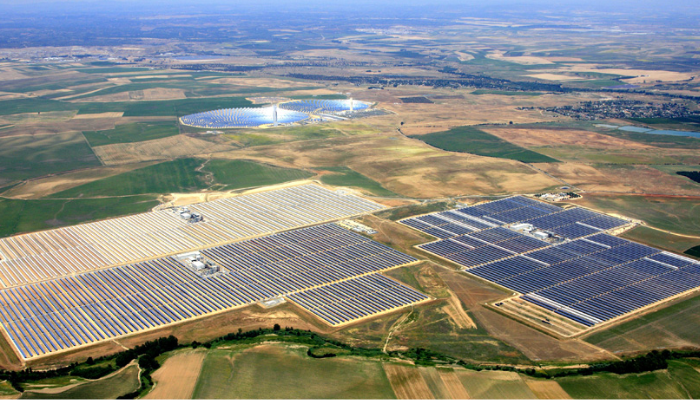Qatar has set sights on adding two more solar power plants with a combined capacity of 880 megawatts (MW) within the next two years.
Informing about the future plans, Mohamad Al Harami from Al Kharsaah Solar PV Power Plant (KSPP) of Qatar Energy said it is a qualitative leap in diversifying sources of producing electricity in the country.
It is held that KSPP is the first solar power plant in the country. The other power two plants coming up in the country are Mesaieed with a capacity of 410 megawatts and a power plant in Ras Laffan with a capacity of 470 megawatts.
“These two projects, which will see the light of the day within two years from now, will be an added value to renewable energy sector of Qatar,” said Al Harami. He stressed on the role of KSPP in producing solar power with a complete network of renewable energy feeding the national electricity grid. Before its establishment, Qatar completely depended on gas and steam-powered turbines to produce electricity.
“KSPP is not only energy-efficient but it also helped reduce manpower significantly in its operation,” said Al Harami. He informed that KSPP and its main control room has state of the art infrastructure with latest equipment and algorithm, that are being operated by few engineers and assistants. “The Sun rises by 6:30am, and the solar panels at KSPP start production after five minutes of sunrise, reaching the highest production within two hours.”
He pointed out that KSPP is one of the largest solar power plants in terms of size and capacity in the region. Having a total capacity of 800 MW, it has been built on 10 square kilometres area in Al Kharsaah. It is installed with more than 1,800,000 solar panels that uses sun tracking technology to ensure efficient use of land thus helping in maximising the daily production. The cleaning of the solar panels is done by robotic arms and treated water, which is done at night in order to enhance the plant’s production efficiency.
Apart from increasing solar capacity to over 5 GW, Qatar aims at reducing greenhouse gas emissions, and implementing carbon capture and storage technology to capture over 11 million tonnes per annum of CO2 in Qatar by 2035.


